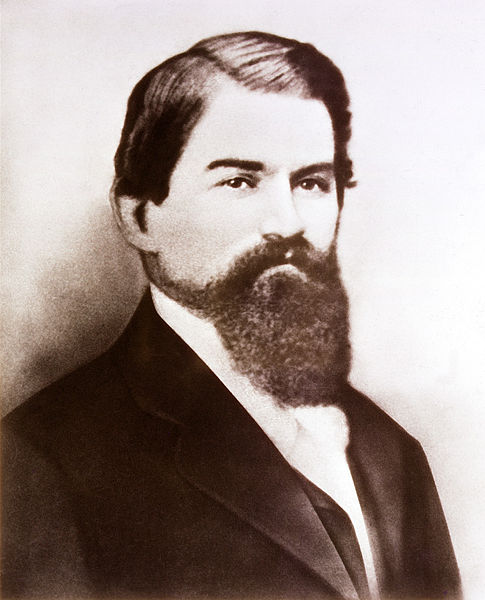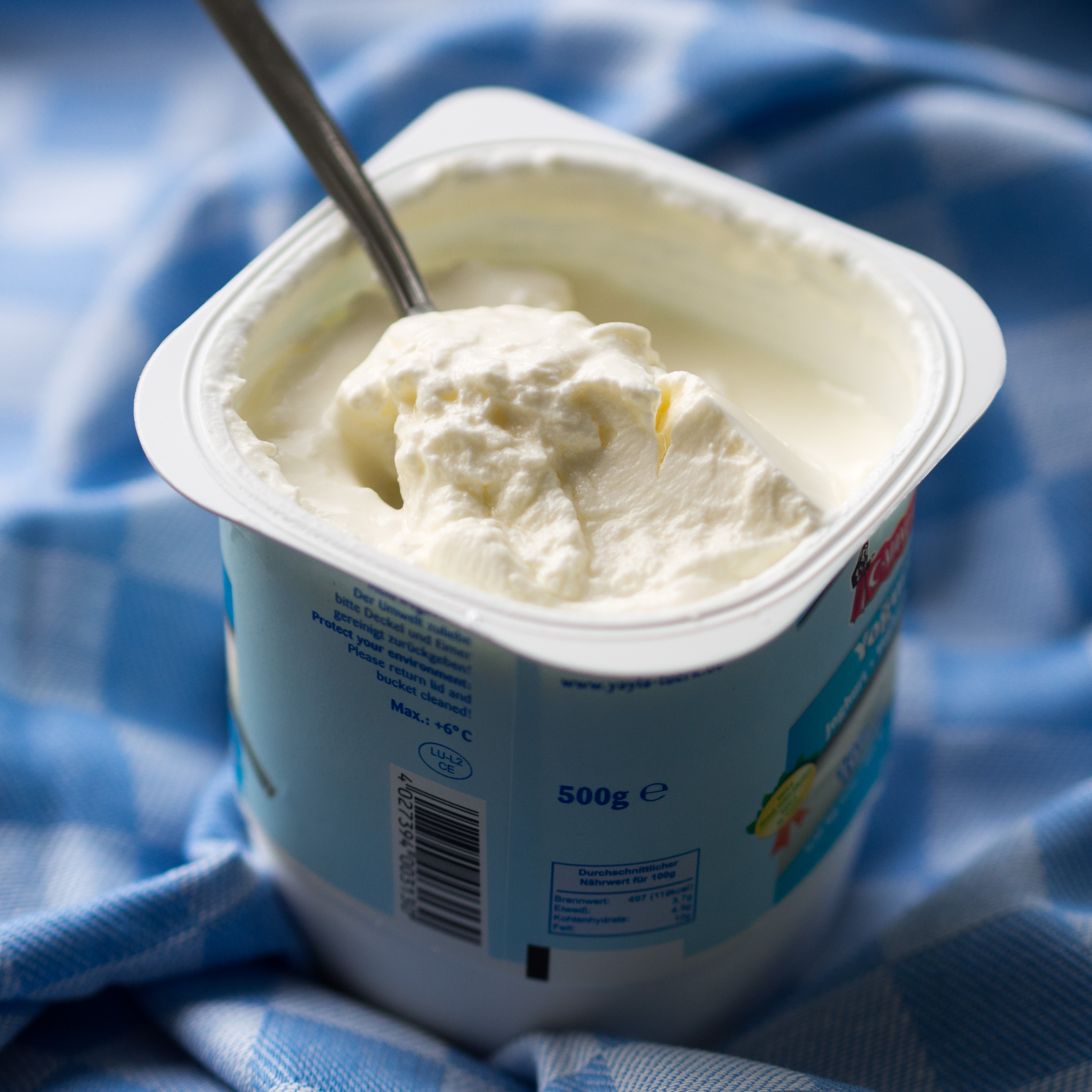|
Estrella Azul
Estrella Azul is a Panamanian dairy products brand. The brand was once partly owned by American soda company Coca-Cola. History Estrella Azul and the brand's parent company, Industrias Lácteas, S.A., were both founded in 1956, the result of a union of Panamanian dairy-producing families. In 1973, the Estrella Azul brand expanded to include yogurt Yogurt (; , from tr, yoğurt, also spelled yoghurt, yogourt or yoghourt) is a food produced by bacterial fermentation of milk. The bacteria used to make yogurt are known as ''yogurt cultures''. Fermentation of sugars in the milk by these bact ...s. In 2018, Estrella Azul announced to Panamanian grade-A milk producers that it was not going to keep buying milk from them. As a consequence, their competitor, Productos Nevada, announced that they would buy 240,000 additional liters of milk a month from those producers affected. Later on, Estrella Azul announced it was temporarily suspending the cutting of buying grade-A milk. During ... [...More Info...] [...Related Items...] OR: [Wikipedia] [Google] [Baidu] |
Panama
Panama ( , ; es, link=no, Panamá ), officially the Republic of Panama ( es, República de Panamá), is a transcontinental country spanning the southern part of North America and the northern part of South America. It is bordered by Costa Rica to the west, Colombia to the southeast, the Caribbean Sea to the north, and the Pacific Ocean to the south. Its capital and largest city is Panama City, whose metropolitan area is home to nearly half the country's million people. Panama was inhabited by indigenous tribes before Spanish colonists arrived in the 16th century. It broke away from Spain in 1821 and joined the Republic of Gran Colombia, a union of Nueva Granada, Ecuador, and Venezuela. After Gran Colombia dissolved in 1831, Panama and Nueva Granada eventually became the Republic of Colombia. With the backing of the United States, Panama seceded from Colombia in 1903, allowing the construction of the Panama Canal to be completed by the United States Army Corps of ... [...More Info...] [...Related Items...] OR: [Wikipedia] [Google] [Baidu] |
Coca-Cola
Coca-Cola, or Coke, is a carbonated soft drink manufactured by the Coca-Cola Company. Originally marketed as a temperance drink and intended as a patent medicine, it was invented in the late 19th century by John Stith Pemberton in Atlanta, Georgia. In 1888, Pemberton sold Coca-Cola's ownership rights to Asa Griggs Candler, a businessman, whose marketing tactics led Coca-Cola to its dominance of the global soft-drink market throughout the 20th and 21st century. The drink's name refers to two of its original ingredients: coca leaves and kola nuts (a source of caffeine). The current formula of Coca-Cola remains a closely guarded trade secret; however, a variety of reported recipes and experimental recreations have been published. The secrecy around the formula has been used by Coca-Cola in its marketing as only a handful of anonymous employees know the formula. The drink has inspired imitators and created a whole classification of soft drink: colas. The Coca-Cola C ... [...More Info...] [...Related Items...] OR: [Wikipedia] [Google] [Baidu] |
Yogurt
Yogurt (; , from tr, yoğurt, also spelled yoghurt, yogourt or yoghourt) is a food produced by bacterial fermentation of milk. The bacteria used to make yogurt are known as ''yogurt cultures''. Fermentation of sugars in the milk by these bacteria produces lactic acid, which acts on milk protein to give yogurt its texture and characteristic tart flavor. Cow's milk is the milk most commonly used to make yogurt. Milk from water buffalo, goats, ewes, mares, camels, and yaks are also used to produce yogurt. The milk used may be homogenized or not. It may be pasteurized or raw. Each type of milk produces substantially different results. Yogurt is produced using a culture of ''Lactobacillus delbrueckii'' subsp. ''bulgaricus'' and ''Streptococcus thermophilus'' bacteria. In addition, other lactobacilli and bifidobacteria are sometimes added during or after culturing yogurt. Some countries require yogurt to contain a specific amount of colony-forming units (CFU) of bacteria; in China ... [...More Info...] [...Related Items...] OR: [Wikipedia] [Google] [Baidu] |
Honduras
Honduras, officially the Republic of Honduras, is a country in Central America. The republic of Honduras is bordered to the west by Guatemala, to the southwest by El Salvador, to the southeast by Nicaragua, to the south by the Pacific Ocean at the Gulf of Fonseca, and to the north by the Gulf of Honduras, a large inlet of the Caribbean Sea. Its capital and largest city is Tegucigalpa. Honduras was home to several important Mesoamerican cultures, most notably the Maya, before the Spanish Colonization in the sixteenth century. The Spanish introduced Catholicism and the now predominant Spanish language, along with numerous customs that have blended with the indigenous culture. Honduras became independent in 1821 and has since been a republic, although it has consistently endured much social strife and political instability, and remains one of the poorest countries in the Western Hemisphere. In 1960, the northern part of what was the Mosquito Coast was transferred from ... [...More Info...] [...Related Items...] OR: [Wikipedia] [Google] [Baidu] |
Lacthosa
Lacthosa (incorporated as Lácteos de Honduras S.A.) is a Honduran producer of food and beverage products, focusing on dairy and fruit juices. It leads the country in dairy production. History Lacthosa was established by Honduran entrepreneur Schucry Kafie in 1992. The company constructed a plant in San Pedro Sula, Honduras, in March 1992. In the mid-1990s, the company positioned its "Sula" brand for sales in Guatemala and El Salvador, and in September 2001, Lacthosa entered the U.S. market after receiving an export permit from the U.S. Food and Drug Administration. A 1998 report from the Office of the First Lady of Honduras noted Lacthosa had donated thirty-thousand glasses worth of milk to Honduran schools that year to insure that students received adequate nutrition.A ... [...More Info...] [...Related Items...] OR: [Wikipedia] [Google] [Baidu] |
Coca-Cola FEMSA
Coca-Cola FEMSA, S.A.B. de C.V., known as Coca-Cola FEMSA or KOF, is a Mexican multinational beverage company headquartered in Mexico City, Mexico. It is a subsidiary of FEMSA which owns 47.8% of its stock, with 27.8% held by wholly owned subsidiaries of The Coca-Cola Company and the remaining 25% listed publicly on the Mexican Stock Exchange (since 1993) and the New York Stock Exchange (since 1998). It is the largest franchise Coca-Cola bottler in the world, the company has operations in Latin America, although its largest and most profitable market is in Mexico.Hitt, Michael A.; Ireland, R. Duane; Hoskisson, Robert E. (2014)''Strategic Management: Concepts and Cases: Competitiveness and Globalization'' p. 248. Cengage. History Coca-Cola FEMSA began as a joint venture with The Coca-Cola Company in 1991 with FEMSA initially owning 51% of the stock. It started expanding its international operations in 2003 when it acquired Panamerican Beverages (Panamco), another Mexica ... [...More Info...] [...Related Items...] OR: [Wikipedia] [Google] [Baidu] |
Chiriquí Province
Chiriquí () is a province of Panama located on the western coast; it is the second most developed province in the country, after the Panamá Province. Its capital is the city of David. It has a total area of 6,490.9 km², with a population of 462,056 as of the year 2019. The province of Chiriquí is bordered to the north by the province of Bocas del Toro, to the west by Costa Rica, to the east by the province of Veraguas, and to the south by the Pacific Ocean, specifically the Gulf of Chiriquí. History Until the arrival of the Spanish '' conquistadores'', Chiriquí was populated by a number of indigenous tribes, known collectively as the Guaymí people. The first European to visit and describe Chiriquí was Gaspar de Espinosa, in 1519. The province was officially established on May 26, 1849, when Panama was still part of Colombia. Several years later, President Abraham Lincoln of the United States proposed Chiriquí as a favored location for Linconia, a colony for ... [...More Info...] [...Related Items...] OR: [Wikipedia] [Google] [Baidu] |
1956 Establishments In Panama
Events January * January 1 – The Anglo-Egyptian Sudan, Anglo-Egyptian Condominium ends in Sudan. * January 8 – Operation Auca: Five U.S. evangelical Christian Missionary, missionaries, Nate Saint, Roger Youderian, Ed McCully, Jim Elliot and Pete Fleming, are killed for trespassing by the Huaorani people of Ecuador, shortly after making contact with them. * January 16 – Egyptian leader Gamal Abdel Nasser vows to reconquer Palestine (region), Palestine. * January 25–January 26, 26 – Finnish troops reoccupy Porkkala, after Soviet Union, Soviet troops vacate its military base. Civilians can return February 4. * January 26 – The 1956 Winter Olympics open in Cortina d'Ampezzo, Italy. February * February 11 – British Espionage, spies Guy Burgess and Donald Maclean (spy), Donald Maclean resurface in the Soviet Union, after being missing for 5 years. * February 14–February 25, 25 – The 20th Congress of the Communist Party of the Soviet Union is held in Mosc ... [...More Info...] [...Related Items...] OR: [Wikipedia] [Google] [Baidu] |
Panamanian Brands
Panamanians ( Spanish: ''Panameños'') are people identified with Panama, a transcontinental country in Central America (a region within North America) and South America, whose connection may be residential, legal, historical, or cultural. For most Panamanians, several or all of these connections exist and are collectively the source of their Panamanian identity. Panama is a multilingual and multicultural society, home to people of many different ethnicities and religions. Therefore, many Panamanians do not equate their nationality with ethnicity, but with citizenship and allegiance to Panama. The overwhelming majority of Panamanians are the product of varying degrees of admixture between European ethnic groups (predominantly Spaniards) with native Amerindians who are indigenous to Panama's modern territory. The culture held in common by most Panamanians is referred to as mainstream Panamanian culture, a culture largely derived from the traditions of the Indigenous people and ... [...More Info...] [...Related Items...] OR: [Wikipedia] [Google] [Baidu] |



